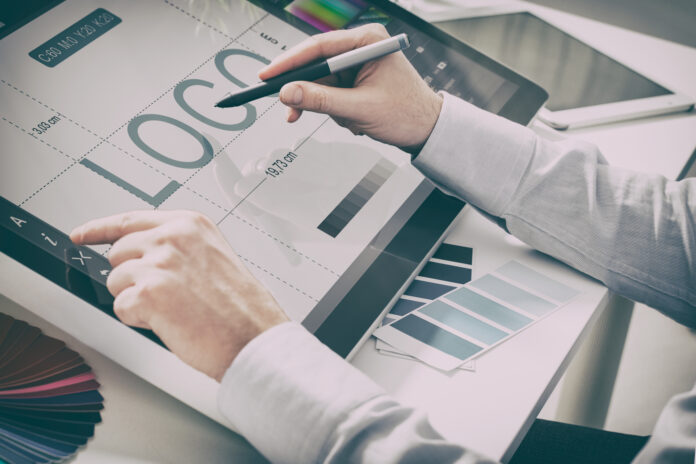
Designing your logo is probably one of the most important business decisions you can make. As a central and integral part of your marketing strategy, your logo is the badge identifying you and your business.
Your logo needs to portray your business as reputable, professional and trustworthy. The right design will ensure your business stays ahead of your competition.
With so many designs, fonts, colors, and features available, how do you know which combination will work best for you?
According to www.logomyway.com, keep these 7 things in mind when designing your logo will keep you on the pathway to success.
1. Do Your Research

Your very first step before designing anything is to do your homework.
Take a long look at your business and the services you offer. Focus on what makes your product different to your competition. Think about your location and setup. Do you work out of an office building or workshop, or are you home-based?
The diverse and unique nature of your business is a key part of your logo design. Incorporating the elements that identify you will help set you apart from other companies offering the same service.
Researching and examining the logo styles and color combinations of your rivals, will help you avoid designing something too similar. You will also be able to see what works for them and what style choices you need to steer clear of.
2. Be Consistent With Messaging
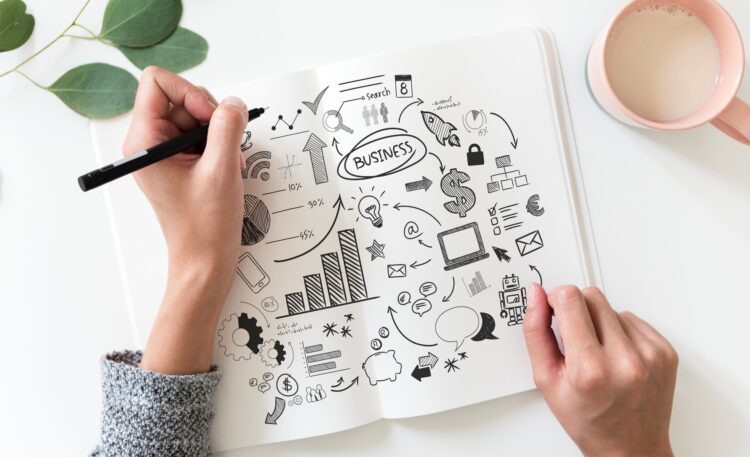
Your business messaging tells potential clients what you offer. It identifies you as the business owner and paints a picture of your business image. The messaging throughout your business should be clear, concise, and above all, consistent.
Any marketing material should highlight your business name. If it isn’t obvious what kind of business it is, there should be a short strap-line making the definition clear. For instance, a company called “M T Cupboards”, doesn’t say what it does. Adding the strap-line, “Suppliers of Fine Kitchens”, clarifies they make kitchens.
If your marketing material shows your business name and a strap-line, your logo should too! In fact your logo needs to be a mirror image of your branding wrapped up in an icon.
It’s your identifying mark.
3. Be Budget Savvy

Logos are an essential gadget in your marketing toolbox. An eye-catching design has the power to draw your customers in. The money you invest in your logo can boost your company image and help improve your revenue stream.
But, it can’t do that on its own.
You have to back it up and push your logo using a marketing campaign involving ads in print and online.
You’ll soon be in budget trouble if you rely on a logo to do all your marketing for you. It would be a bit like trying to knock nails in with a spanner. Although possible, it’s limiting, more than a little frustrating and counter-productive. Using the wrong tool for the job will cost you time, money, and your sanity.
The thing is, a logo is only one of the tools in your marketing repertoire. It’s a symbol of who you are and what your business offers. As a standalone moniker, it sits on billboards, letterheads, pens and maybe the side of your van. A signpost saying, “Hello, this is me! I do this!”
Without an extra hook to grab the attention of your target audience, they will be going, “Yes… and?”
Or worse, “So what?”
You need something to show why they should come to you. Like a special offer or a showcase of your previous work.
The marketing budget you set aside for your publicity has to cover the whole campaign. Not just the cost of your logo. Before you begin designing your logo, make sure your intended budget is affordable, sustainable, and capable of covering all your marketing activity costs.
4. Match Business Image With Artwork
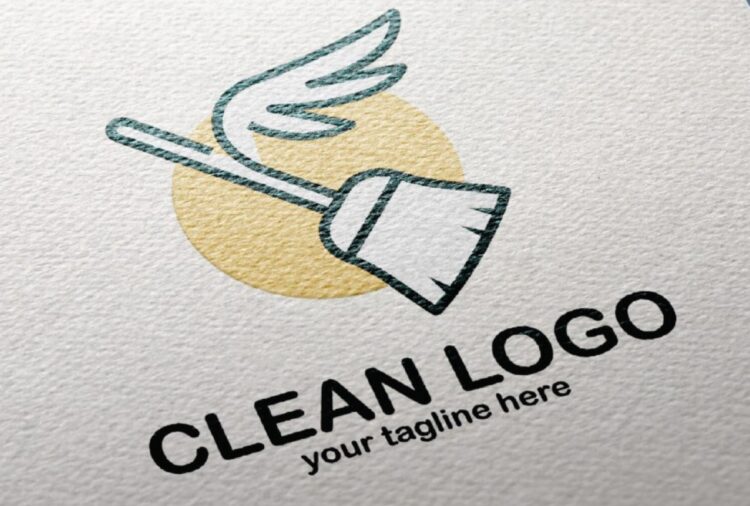
When it comes to business image, the one you want to portray is professional, knowledgeable, and trustworthy.
The choice of color and font within your logo can differentiate between your preferred image and a misunderstanding. Colors and fonts have been used for generations and each one has a subconscious meaning to a potential customer.
For example, red is associated with danger, action and passion. An old-style serif font like Times New Roman, exude tradition and reliability. It is essential your logo has the right combination of colors and fonts to ensure your design shows the customer the right image for your business. Using the wrong combination will create confusion and your logo could become a symbol for being unreliable.
Another element that can make or break your logo is the artwork. For a professional image, your artwork needs to be top-notch. If drawing isn’t in your skillset, consider using an online logo maker or hiring a designer.
Just like the wrong font or color choice can render your logo confusing, a badly drawn graphic will kill it.
5. Placement of your logo
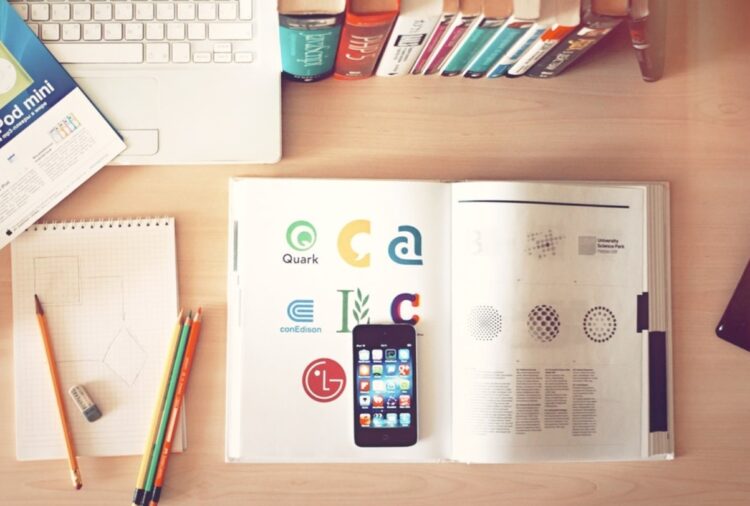
Before you put your design ideas together, consider where you will use your logo.
Logos can be used on items ranging in size from pens to posters. Because of that, they have to be adaptable. What looks great as a thumbnail may lose some integrity when stretched to fit a billboard. The same is true when reducing back down from the size of a poster to the side of a pen.
Your logo needs to be transferable across a multitude of formats. Seamlessly, effortlessly and without any loss in quality, clarity or visibility.
Check all your intended design elements have the adaptability you need to make your logo useful wherever you need it.
6. Audience

Before you can design a successful logo, you need to know who your target audience is. Are you aiming your product towards an older generation? Or is your product particularly relevant to teens? Both age groups have different likes and are attracted to a range of disparate styles.
An older audience for instance may prefer traditional designs. Whereas, the younger generation could be drawn in by the minimalist nature of high tech.
Either way, your logo needs to match the expectations of your potential customers. If they are interested in the sleek cutting edge of modernity, a logo designed using traditional fonts and colors will not pull them towards your door. It will push them to your competitors.
Find out about your target audience. Research their likes, dislikes and ensure your logo design fits in with their particular aesthetic.
7. Future Proof Your Design
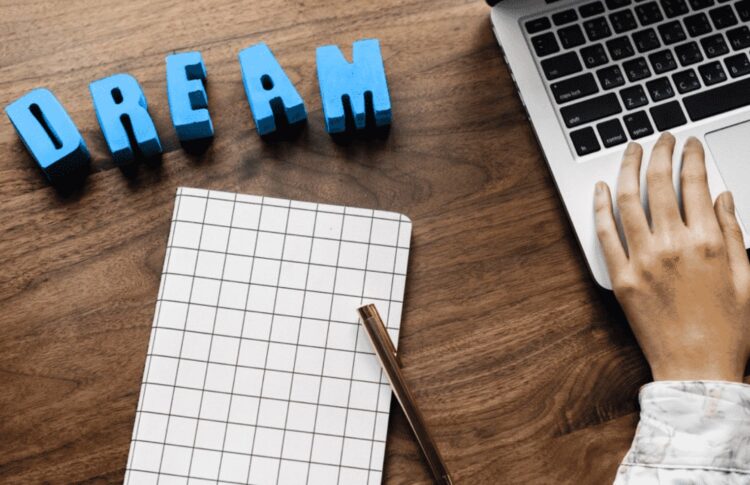
A key part of continued business success is being able to stand the test of time. For a business to survive in the future, it has to adapt to new methods, technology, and customers’ changing needs.
The same is true for your logo. What worked for businesses in previous decades may not be as popular now. Think of the loud color combinations of the 1970s. Would they really look good on a logo today? Certain styles and features can date a logo. Gimmicks and novelty designs can age badly, especially if they are linked to a particular time and era.
Design elements that don’t age well can give your business an unwarranted sense of being behind the times and old fashioned.
When choosing color, font, and special features for your logo, make sure they look and feel timeless. The less gimmicky the design, the more likely it will transcend across the years. Carrying you and your business into the future effortlessly.
Designing your own logo requires a lot of time and research. Following these 7 tips will provide you with the knowledge you need to design with confidence.











